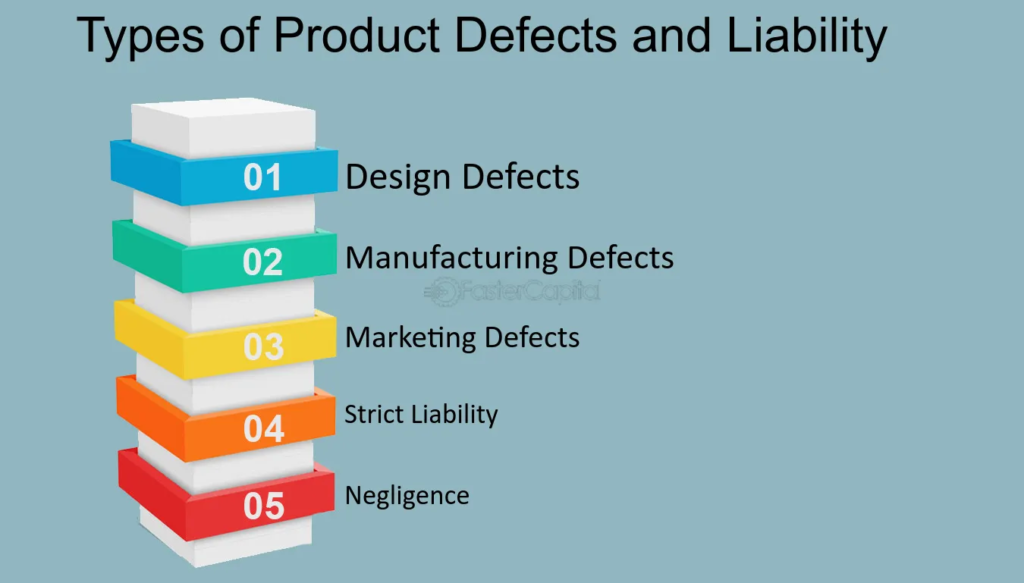Types Of Product Defects: Identifying Common Issues That May Lead To Product Liability Claims

“Product liability” is the legal responsibility of every party involved in the manufacture and distribution of a product for any damage or injury caused by that product. And “every party” is as broad as it sounds, including component manufacturers, assemblers, etc., all the way down to the owner of the retail store that sold the product. Product liability (and the corresponding lawsuits) arise when products contain inherent defects that cause harm to a person who uses the product.
Did you know? Product liability is derived from the legal concept of “tort,” a civil wrong that causes loss or harm to a party. The origin of the word “tort” is the ancient Latin “torquere,” which means “to twist.”
Product Liability Then and Now
The concept of product liability laws is not new. The Code of Hammurabi, written around 4000 years ago, comprises laws and systems to offer redress to people injured by defective products. In the United States today, product liability laws are created and adjudicated at the state level.
Main Categories of Product Liability Claims
The three main areas of product liability claims are related to design, manufacturing, and communication. A product’s life begins on the drafting board or in computer aided design software. Errors in this stage can lead to a product that is unreasonably dangerous for its intended use. These dangers in the fundamental design persist no matter how perfect the manufacturing and quality control processes are executed. When it comes to resolving product liability lawsuits, courts will often have to determine whether reasonable alternative designs existed, not an easy task for a product liability attorney with no engineering training.
However, no matter how meticulously a product is designed, the manufacturing and inspection processes at the factory can yield errors. Deviations in dimensions, material quality, and functionality can result in products that are obviously different from their intended design, creating a potential danger.
Manufacturers must clearly explain to end users how to use the product and any possible dangers associated with it. The duty to provide clear instructions for the safe use of a product is considered to be inherent in the manufacture and sale. Failure to do so can lead to liability claims. Adequate warnings have to be able to be seen and understood by the average consumer.
Other Liability Related Issues
In the marketing of a product, misleading claims can induce consumers into buying products under false pretenses. If a product fails to deliver on the promises made in its marketing materials and consumers suffer harm as a result, manufacturers or sellers may be held liable for misrepresentation.
In cases where a product poses a significant risk to consumer safety, manufacturers have a responsibility to promptly recall the product or issue alerts to the public. Failure to act in time can exacerbate the harm caused by a defective product and may result in heightened legal liability.
Preemptive Course of Action for Avoiding Litigation
In the modern legal landscape of product liability, manufacturers must make product safety a priority in the design and production processes. By engaging in proactive risk assessment and staying abreast of evolving regulatory requirements, businesses can safeguard against potential product liability lawsuits.



